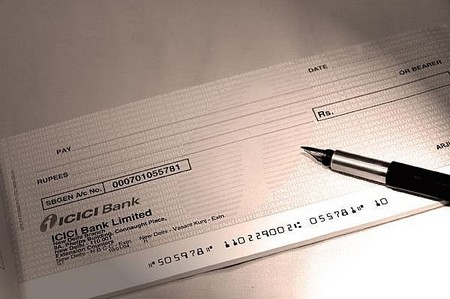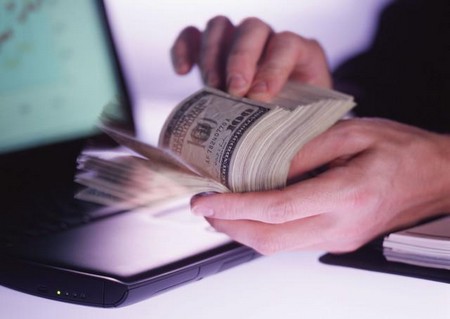For business owners, having separate business and personal banking accounts is essential to better manage their finances. A new business needs to have its own banking account, and arrangements should be made to open at least a current account. There are a few basic things to be considered and arranged:
You will not receive a cheque guarantee card with a business account – although you can have a cashpoint card. For those who need assistance, visit https://www.wecu.com/business-banking/deposits/.
You will need to provide a sum of money to deposit into the account to make it active (this would be recorded on the account sheets as ‘capital introduced’).
If there is to be more than one signatory, arrangements should be made with the bank about whether all should sign or whether any one of those designated is sufficient. In any case sample signatures from all signatories will need to be provided.

You will receive a bank statement each month. You may have to ask for this because banks will sometimes only send statements quarterly, particularly for private accounts. This is too long a period for a business account.
Consider whether you need to have an overdraft facility attached to this account. Find out what the arrangement fee will be, and how long the arrangement is to last before it is reviewed, see more at Five Star Bank website.
The name of the bank account needs to be decided. Will it be in the name of the business only, or perhaps in the name of the sole trader? Will it have the name of the person and the business name, for instance Arthur Cosford t/a arco services?
A paying in book will be necessary for depositing cheques and moneys received by the business.
A business bank account is bound to attract bank charges, even if it is only after an interest-free period, which some banks advertise for new business accounts. You will recall we suggested having a column to record these on the account analysis sheets. You may be paying interest charges from the start.
Consider whether you need to open a deposit account, where moneys not immediately needed could be placed to earn some interest. This, or any other suitable form of interest-earning account, could be useful for putting aside moneys in anticipation of the next VAT Return. Remember, if you charge VAT on your goods or supplies, a proportion of the money you receive (17% at present) will be required by HM Revenue & Customs. Beware of thinking you are better off than you really are and unwittingly spending your VAT money.
Bank statements
When you receive a bank statement for your business account, you need to check the details against the entries on your account sheets. This need not be a complicated exercise; simply tick (in red so that it will show up easily) the statement and the equivalent entry in your account sheets. Keep each statement carefully with your records, your accountant will need them when auditing your books.
You may well find items on the bank statement which you have not recorded on your account sheets. The bank charges and/or interest will probably be one. In this case, write in the amount on the account sheet and tick both this entry and the statement. It can be useful to include in the entry on the account sheets the statement number where the charges appeared; this could well help your accountant reconcile the figures at some future date.
This is quite a useful general principle to follow when doing the books: ask yourself when writing in a transaction, ‘Will this make sense to somebody looking at it sometime in the future?’ (your accountant, the VAT officer, HM Revenue & Customs). If there is any doubt at all, make a little note as a reminder – it could save you a grilling from any of the above-mentioned Parties, with you racking your brains trying to remember the details or circumstances.
Other items on a business bank statement which have not been recorded on your account sheets could be Direct Debit deduction for instance DWP Insurance. These can vary in amount, depending on the number of weeks in the month covered by the statement. As before, write the details onto your account sheets – allocate a separate column to record these outgoings – tick them, and note the statement number on the account sheet for future reference.
Most banks now offer a free, secure on-line banking service. Once the on-line registration is completed, you should be able to view your bank balances and transactions, manage your standing orders and direct debits, pay bills, transfer money between your accounts and print statements. This could be more convenient than visiting the High Street, as you can access the sites 24 hours a day.

Security
Your business activities will no doubt involve you in making visits to the bank from time to time. If you need to make regular visits, particularly for the purpose of depositing or withdrawing cash, consider the security implications, not only for the money but for yourself or your personnel. There are cash delivery companies that offer secure ways of transporting cash to and from the bank.
Simple devices like varying the time and the route, and perhaps the people, could help to avoid any unpleasantness en route.